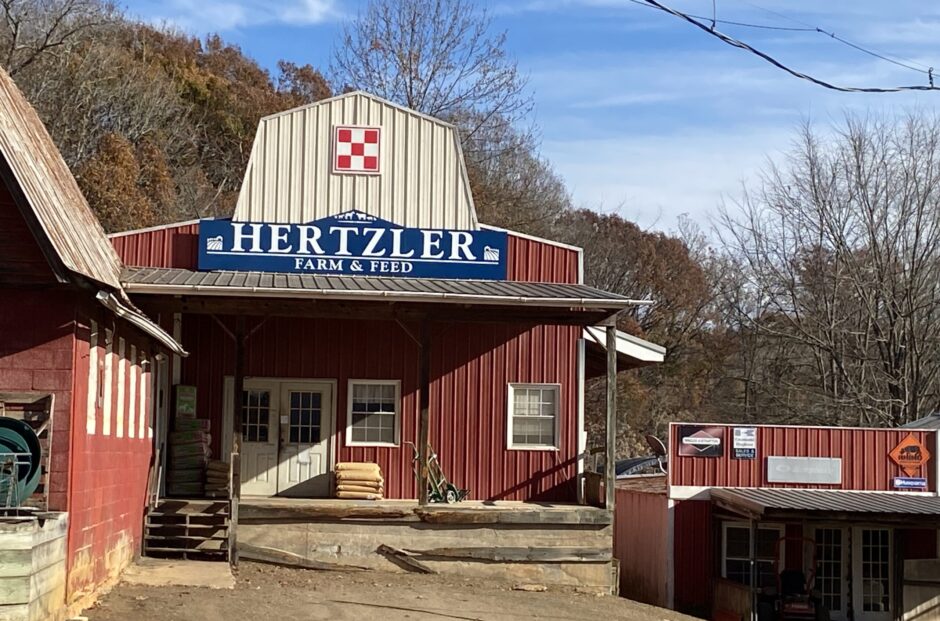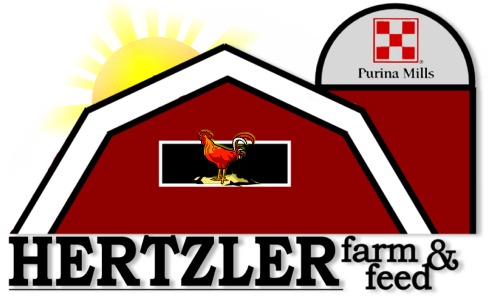 African African |
| African geese are known for their graceful beauty and coloring. They are gray with a black stripe down the back of their neck and a black knob over their bill. This breed is not as heavy as the Toulouse or White Embden, but they mature early. They are very dignified looking and attract a great deal of attention. They are especially desirable for crossing with the heavier breeds of geese |
| |
|
 Chinese Chinese |
| White Chinese are pure white in color and have a knob on top of their heads. They are hardy, the best laying of all the geese and their eggs hatch well. These geese are very beautiful and make good watch dogs as they are probably the most aggressive of the geese. White Chinese geese have been known as weeders. In fact they are excellent weed eaters, literally! It takes 7 geese per acre to keep strawberry patches, cotton, blueberries etc. weeded. It is not that they are so smart and can tell weeds from strawberries but they eat the tender young plants. So don’t let them in a young stand of corn. They will get confused! |
| Mature weight: are several pounds smaller than the Toulouse. |
|
 Embeden Embeden |
| White Embden geese originated by the Em River in Germany and were first brought to the U.S. in 1821. They have the same massive appearance as the Toulouse, combined with a pure white color. They have orange feet and bills. They are bred for very large size and fast weight gains making them a wonderful eating bird and easier to dress because of the white plumage. . Excellent for purebred showing. Their feathers bring a premium price. |
| Mature weight: Expect fall weights of 20-24 pounds for males and 13 pounds for females |
|
 Toulouse Toulouse |
| Taking their name from the famous city in France, Toulouse Geese (along with White Embdens) are the most popular commercial geese sold in America. They produce excellent yields of goose down and all-dark meat. The varying shades of gray in the plumage emphasize their deep, rounded white breasts and massive appearance. |
| Mature weight: Expect fall weights of 18 to 20 pounds for males and 12 to 13 pounds for females. |
|
| |
| Tips on Brooding and Raising Goslings (click here for more information) |
| Contrary to what you might think, you do not need a pond to have geese. A child’s wading pool works nicely. They like to mate in water and need water to hatch their eggs. They need to be able to get their feathers wet in order to keep their eggs moist. |
| By 5-8 weeks of age the hens of most breeds can be distinguished by their voices. To sex by this method, catch each duck individually and as it protest its predicament, listen carefully for the hen’s distinctive quack. The most sure way is to examine the pelvic area. By 6 weeks of age, they are pretty well feathered out, their oil glands are working and they are ready for the big swim. They enjoy a pelleted feed mixed with whole corn. Geese naturally eat mostly grass. It does not take much grain to supplement their diet |
| Often people complain that geese have a tendency to get mean. That is true but it can also be the way they are handled as goslings. Goslings love people and at a day old will bond with people, following them around and quacking their little hearts out. This is very cute at this fuzz ball stage but woo as the goslings develop and their natural instincts take over and they are not afraid of humans!!! They will attack humans trying to establish a dominance or peeking order. This is very intimating to say the least and can be dangerous. The best method is to not hold or allow the cute gosling to bond with you, thus keep a fear or respect for the human as the dominate species. |
| Angel Wing: |
| Angel wing, also known as slipped wing, crooked or drooped wing, is a condition of ducks and geese where the last joint of the wing is twisted and the wing feathers point out, and do not lay smooth against the body. |
| It is more common in geese and typically in either the left wing or both wings, only rarely in the right wing only. Males develop it more frequently than females. The birds that develop the problem are perfectly healthy, they are just not as beautiful. |
| Some think the condition is caused by other geese pecking and breaking the wing tip, some think genetics, but it seems to be the growing consensuses that it is a nutritional problem due to excess feed. |
| Research done by Janet Kear, who is the Senior Scientific Officer of the Wildlife Trust in Great Britain and has worked with waterfowl in many different parts of the world supports this theory. |
| She has found that waterfowl that normally mature in the Arctic environment do not show any angel wing because of their naturally fast growth. It does appear, however, in those species that come from a more temperate environment where they grow slower under natural feeding conditions. But by feeding them unlimited, high protein, high energy feed, they grow unnaturally fast and their wing weight seems to outgrow the strenght of the wing to support it. |
| One suggestion if this starts to happen is to put them on a diet of alfalfa pellets instead of Chick Start and Grow until the condition clears up. In the wild their natural diet is grass anyways. Grass is also beneficial in their diet to prevent crippled legs. |
| The only wild waterfowl populations known to be effected are those fed by mah. |
| Preventive suggestions: |
- do not feed hi-protein/high energy feed such as turkey or gamebird feed)
- provide plenty of room for exercise
- keep in small groups to prevent overcrowding
- provide plenty of grass or green feed such as alfalfa pellets
- keep the pen dark at night so less eating occurs.
|
| If you do notice a twisted wing, however, you can form a sling to hold the wing in place to allow proper development. |
 African
African Chinese
Chinese Embeden
Embeden Toulouse
Toulouse


